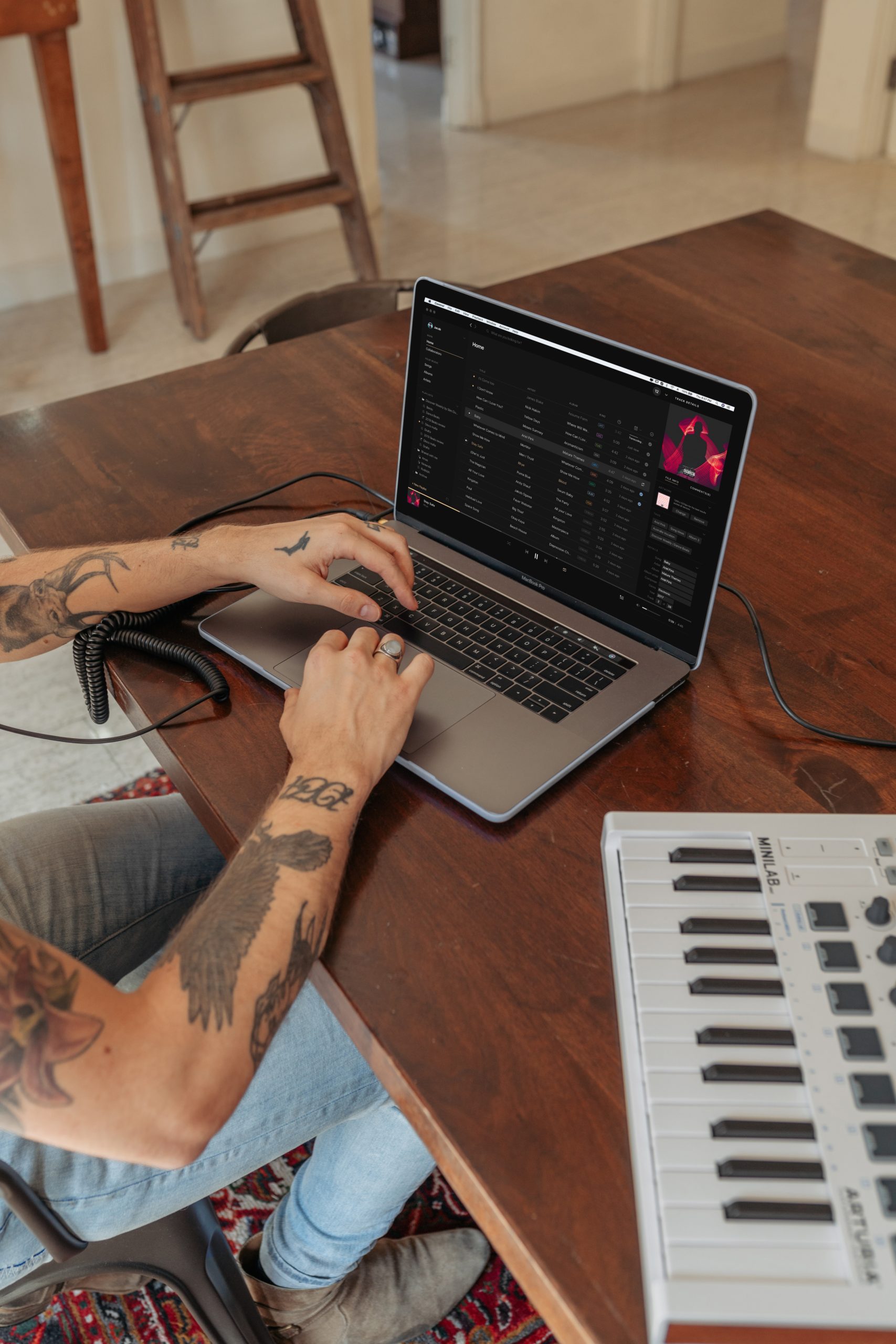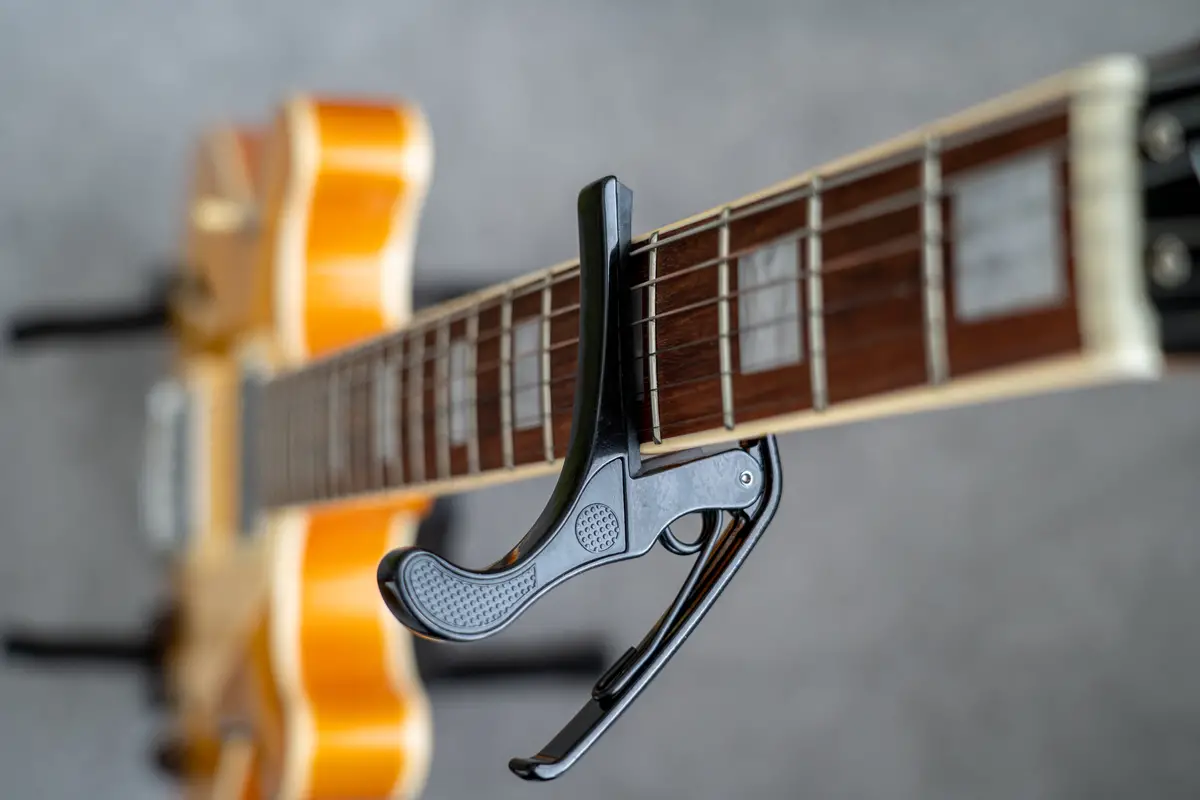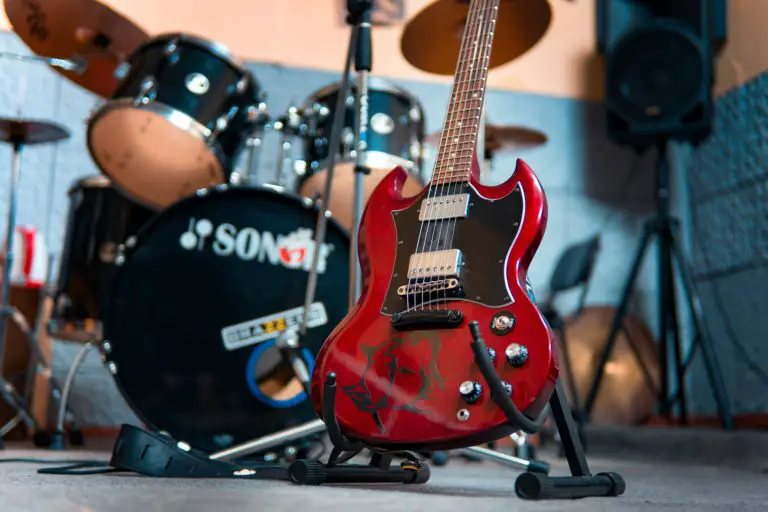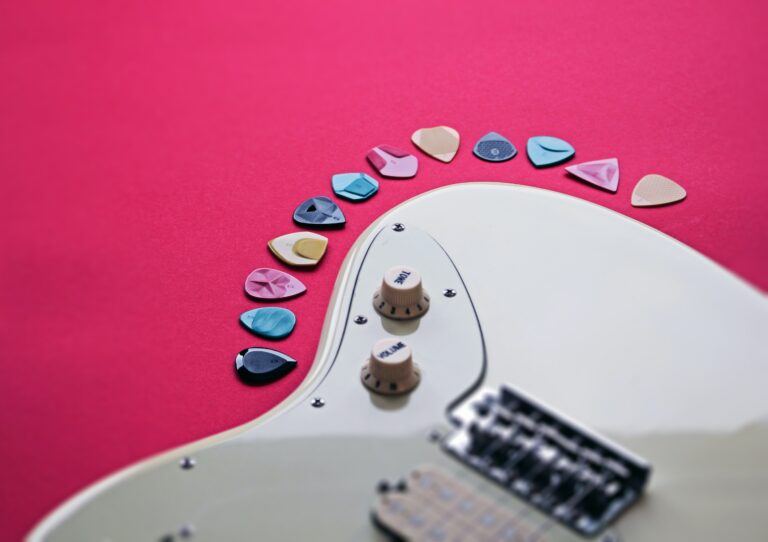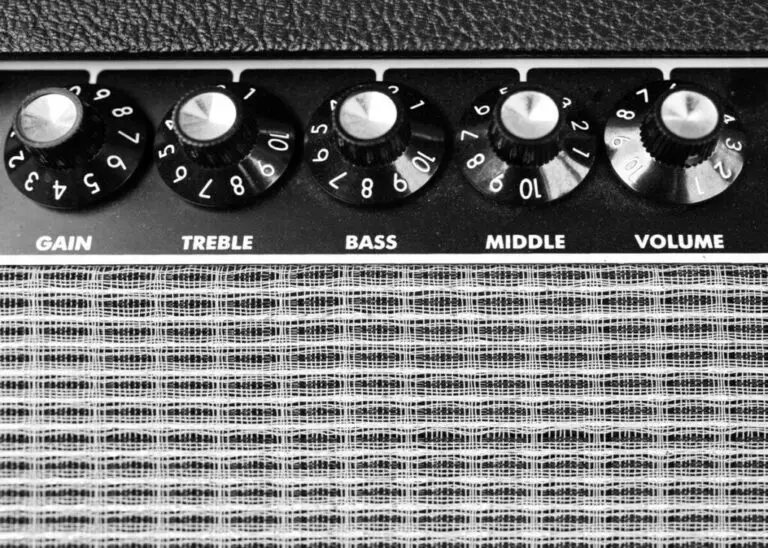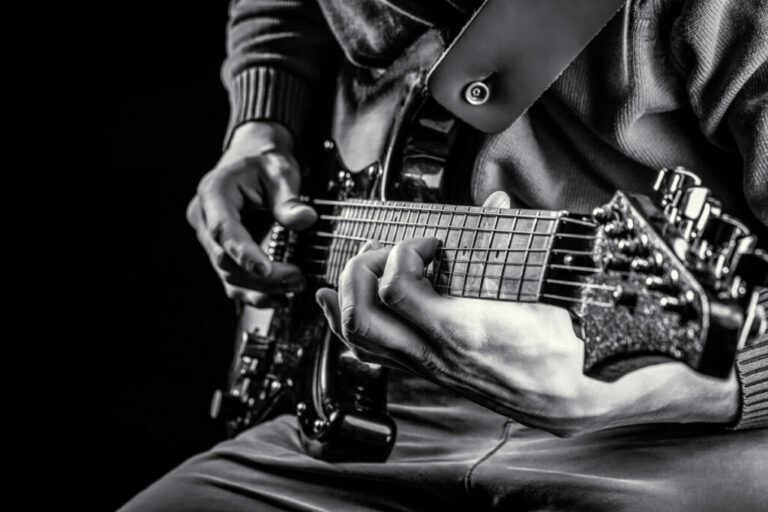GarageBand for Pros: The Inside Story on How Professional Musicians Use It
If you’ve heard about or used music production software, you’ve probably heard about GarageBand at least one hundred times. This Apple-exclusive is arguably the most popular digital audio workstation (DAW) available. But is it a gimmicky app or a bona fide songwriting tool?
Do professional musicians use GarageBand? Yes. Professional musicians have been using GarageBand since Apple released it in 2004. Furthermore, because GarageBand comes preinstalled on Macs and iOS devices, it is one of the most accessible music-making tools.
Read on to learn about GarageBand’s place in the music industry and more regarding the habits of career songwriters.
Professional Musicians that Use GarageBand
Even though many people consider the software to be an entry-level beat maker, there are many ways you can use it to create extremely profitable work.
Believe it or not, a lot of what you hear on the radio (if you listen to it) and in supermarkets was composed on GarageBand. Some famous artists that have used GarageBand include:
Rihanna
Even if you don’t go out of your way to listen to her music, chances are you’ve heard “Umbrella.” Furthermore, there’s a chance that it’s already looping through your head.
This earworm song from 2007 was made possible by GarageBand. Specifically, it was made possible with one very particular drum loop built into the program.
Usher
Another name few people aren’t familiar with, Usher has made a killing by dropping addictive R&B music. One example of his work, “Love in this Club,” was created with the help of producer Polow Da Don and his trusty sidekick, GarageBand.
Embed:
Oasis
The English rock band that is known for “Wonderwall” even dabbled in GarageBand later in their career. They constructed several demos for their final album, Dig Out Your Soul, with GarageBand in late 2007/early 2008.
Thus, Oasis didn’t rely on increasingly expensive equipment as their music progressed like many musicians. Instead, they used guitarist Gem Archer’s humble laptop to conclude their incredibly successful songwriting journey.
Nine Inch Nails
American industrial metal group Nine Inch Nails first released “The Hand That Feeds” as a GarageBand file, revealing the origins of its creation. Since then, the song has become one of their most successful and well-known songs.
Consequently, Nine Inch Nails shows that GarageBand has a wide range of applications beyond pop music. If a band can use GarageBand to create an industrial metal track, a genre notorious for being instrumentally … peculiar … then there are few limits on what the software can do.
Pros and Cons of Using GarageBand Professionally
This article exists because people question GarageBand’s use as a professional music production tool. Instead, many people view it as an entry-level DAW that’s designed to be outgrown once the user develops their skills.
We’ve shown that professional musicians do use GarageBand. However, does that mean GarageBand is suitable for career music producers, or are the examples of artists using it just outliers?
To get to the bottom of this question, let’s evaluate some pros and cons of using GarageBand as an expert songwriter.
GarageBand Pros
There are many reasons average people use GarageBand. The same reasons largely apply to the pros, too. So what are the most compelling reasons to use GarageBand?
- GarageBand is easy to use. While it’s typical to correlate advanced software with a confusing user interface, this isn’t always true. Plus, many skilled songwriters aren’t computer software gurus. A straightforward DAW like GarageBand enables talented people to easily convert their ideas into digital music files.
- GarageBand comes preinstalled on Apple devices. Nowadays, over 1 billion people own an iPhone. Additionally, nearly 20% of personal computers run on MacOS. These are a lot of devices that provide free GarageBand access with no extra steps.
- GarageBand has excellent built-in Loops. While professionals aren’t likely to use built-in loops as part of a finished product, their availability is a good source of inspiration when songwriter’s block hits. Fortunately, GarageBand makes it easy to modify these loops into something unique.
- GarageBand is widely used. Thus, if you want to collaborate with other musicians, learning how to use GarageBand will allow you to be on the same page with others.
GarageBand Cons
Despite its advantages, there are drawbacks to using GarageBand as a professional tool. Serious cons to using GarageBand include:
- GarageBand is an Apple exclusive. Many artists use Windows, and a few use Linux. While GarageBand is free on Apple devices, MacOS comes at a premium compared to a similar system running a different operating system. Thus, it’s not truly free if you must purchase a new computer to access it.
- GarageBand isn’t the most advanced DAW available. Despite its astonishing capabilities, GarageBand targets beginners and intermediates. Advanced users, such as career music producers, may yearn for features that GarageBand lacks.
- GarageBand is resource intensive. Projects take up significant disk space, and it may take longer to process edits. While you can save items to iCloud, this may slow loading speeds.
What Tools Do Professional Musicians Use to Make Music?
Many musicians have used GarageBand alone to create high-quality finished tracks from scratch. While it’s certainly possible, and more common than people think, it’s seldomly sufficient for advanced recording artists.
Firstly, GarageBand is an example of software. A high-end recording studio also includes thousands of dollars worth of hardware. A studio’s musical specialty alters what this hardware might be, but generally includes:
- Multi-channel audio interface
- MIDI instrument
- Condenser mics
- Studio monitors
- Headphones
- Cables. Lots of cables.
- Etc.
Secondly, there are other digital audio workstations (DAWs) that target working professionals more so than GarageBand. Options like FL Studio, Steinberg Cubase, and Ableton Live may not be cheap, but offer everything you need for pro-grade work.
Also, professional DAW software tends to be narrowly focused. For example, Ableton Live is the best for DJs and live electronic music performances. Meanwhile, Cubase is the best for composing scores and sheet music.
Unfortunately, GarageBand sacrifices being the best at any element to be a user-friendly jack-of-all-trades DAW. Instead, GarageBand is decent at many things, allowing novices to explore various aspects of computer-aided songwriting before upgrading to a more specialized DAW.
GarageBand for iOS vs GarageBand for Mac
Apple has developed a mobile version of their esteemed DAW. If you have an iPhone, it probably came installed with GarageBand. Whether you used it or not — or even knew you had it — is perhaps a different story.
Naturally, there are differences between a smartphone and a traditional computer that make it impossible to create an identical version of GarageBand for both. For example, the iOS version relies heavily on touchscreen input, which is still unavailable on any Mac to date.
Other differences include:
- The Mac version features a master track whereas the mobile version does not.
- Macs support more USB components, such as MIDI instruments, thanks to more driver support
- GarageBand on Mac has more automatization options for various effects
- GarageBand for Mac displays time markets, which is startlingly absent from the iOS version
- iOS offers touch instruments and live loops
- GarageBand on iOS allows you to merge tracks, which you cannot do on the Mac version (for some reason)
Embed:
Is GarageBand Available for PC?
GarageBand is not available for Windows or Linux, and it’s doubtful that it will be anytime soon. While there are painstaking methods that allow you to get around GarageBand’s Apple exclusivity, these options rarely (if ever) work seamlessly.
Why is this? Currently, GarageBand is one of Apple’s heralded staples that give MacOS its market appeal as an operating system for artistic types. It doesn’t make financial sense for Apple to give this away, as GarageBand remains a popular selling point for their products.
Instead, you’re better off installing a free GarageBand alternative such as Cakewalk or Akai MPC Beats. Fortunately, there are plenty of viable options to suit your needs if you’re a Windows or Linux person.
Conclusion
The answer to “do professional musicians use GarageBand?” is a resounding “yeah, sometimes.” GarageBand is a powerful music production tool for what it is. It comes preinstalled on Macs and iOS devices, meaning you can get started right away if you have an Apple device.
Due to its unmatched accessibility, artists from Rihanna to Nine Inch Nails have used GarageBand to make some of their most popular hits. After all, many talented musicians aren’t software wizards. GarageBand’s user-friendly layout makes it easy for everyone from amateur to pro to express their musical ideas.
However, GarageBand isn’t generally the digital audio workstation (DAW) of choice for advanced music producers. Nevertheless, it allowed them to get acquainted with the process of making music on a computer before they upgraded to software like FL Studio and Cubase.

